|
Did you know male hammer-headed bats actually honk to get the attention of females? The hammer-headed bat, a fruit-eating bat and Africa's largest bat, is also one of the strangest looking bats I've ever seen. Male hammer-headed bats, with a three-foot (0.91 m) wingspan, are more than twice the size of females. They are the most sexually dimorphic (meaning males and females are physically different) bat species in the world. Why are the males so much larger? Because these bats have to sing to get sex. The males are highly physically adapted to create sounds that are pleasing to the females. The male's larynx (voice box) is half the length of its entire body, so large that the heart, lungs, and GI tract are arranged in different places to accommodate it. And the male's snout is greatly enlarged because of the large resonating chambers to increase sound production. Male hammer-headed bats gather in groups, hanging upside down in the trees, and begin calling, emitting a loud metallic honking noise. Females hear this from a distance and come to choose a mate. The females are quite picky, and they fly by all the males, ignoring those with less pleasing calls, until they find a caller that meets their high standards. Basically, it's a high-stakes sing-off. Photo Credits: - Hammer-headed bat - Sarah H. Olson , Gerard Bounga, Alain Ondzie, Trent Bushmaker, Stephanie N. Seifert, Eeva Kuisma, Dylan W. Taylor, Vincent J. Munster, Chris Walzer, CC0, via Wikimedia Commons
0 Comments
Not everyone likes to write, the way I and many of my family members do. However, as you get to know people, you realize everyone seems to have their own form of creative expression. I know a guy who restored an old 1940s pickup truck by meticulously replacing every part with a new part, then painting the truck his favorite color. We had a neighbor who spent endless hours modifying his family’s house and landscaping the yard. When he finally had it all done, they sold the house and moved so that he could start again on another house. Everyone tends to find some activity that allows them to express some creativity. Everyone wants to master some skill, or make something that pleases them or pleases other people.
Why not just exist? Why not sit on the couch and watch TV every spare moment? Wouldn’t it be easier to decide to never engage mentally in any form of creative expression? Wouldn’t it be easier to never make anything, or never master any skills? I get great pleasure from crafting stories that I hope will entertain people. It is hard work, and each book requires countless hours of effort. I make some money from selling my books, but that is not really the reason I do it. I, like most everyone else, need a form of creative expression, and this is mine. In solving this mystery, my first thought was that creative expression is an important component of our psychological development when we are children, and therefore we simply continue to like it as we grow older. But there may be more to it than simply holding on to a childhood tendency. It seems to be a universal part of our well-being. Throughout history, people have used dances, chants, pictures, and stories as a part of their healing rituals. Creative expression makes us healthy. Perhaps a big part of it is that creative expression provides a glimpse into a person’s mind. It is a way of saying this is who I am. Perhaps we want to show the rest of the world who we are, or perhaps we want to discover who we are for ourselves. Creative expression can be found almost anywhere... Missouri only has one species of scorpion, the striped bark scorpion. They fascinate me, but I have a knack for getting stung. I've been stung three times (or is it four?), each time on my finger. Why? Because I can't resist turning over flat rocks to look for snakes and other critters hanging around under the rocks. The scorpions often cling upside down to the bottoms of these rocks, and when I put my fingers under the edge of a rock to lift it... pow!
Here's a striped bark scorpion I found recently. These things pack a punch—about like a hornet or wasp sting. Not dangerous, but not fun. Some scorpions in other regions of the world are more dangerous. By the way, scorpions are really ancient creatures. They've been around for at least 430 million years. At that time they were aquatic animals. They were among the first animals to adapt to living on land. I know what you're thinking. Why didn't I learn to be more careful after the first encounter? I am more careful now. But still, I can't be sure it won't happen again. Did you know horsehair worms turn their insect hosts into suicidal zombies? That's a dramatic way to say it, but it's fairly accurate. Horsehair worms are in their own phylum (Nematomorpha), with about 2,000 species worldwide. This is an estimate because we don't really know how many species there are. They all live in freshwater for part of their life cycle. What about the other part of their life cycle? This is where things get bizarre. Adult horsehair worms mate in water, and the females lay eggs in water. When the eggs hatch, the young worms quickly form a protective covering called a cyst. These cysts are often eaten by insects, particularly grasshoppers and crickets. Once inside an insect, the protective covering dissolves, and the juvenile worm starts living inside the insect, absorbing nutrients from the food the insect eats. The worm grows bigger and bigger, sometimes weighing as much as the insect itself. Here's the really weird part. When the worm becomes mature inside the insect, it has a chemical effect on the insect's brain—the insect is irresistibly drawn to horizontally polarized light. The result? The insect is drawn to water, and it inevitably jumps in and drowns. Then the horsehair worm emerges from the drowned insect and swims away to find a mate, thus starting the cycle again. I know it seems gross, but these kinds of interactions are amazing, don't you think? The photo shows a horsehair worm that has emerged from a drowned grasshopper. Photo Credits: - Horsehair worm - Alastair Rae from London, United Kingdom, CC BY-SA 2.0, via Wikimedia Commons There's an old hanging footbridge in Warsaw, Missouri. We decided to check it out recently, and we noticed an Osprey had built a nest at the very top of one of the supports.
Ospreys are large fish-eating raptors, with a wingspan of about six feet (1.8 meters). Chances are, you have seen an osprey, regardless of where you live. Why? Because the osprey is one of only six birds with a worldwide distribution (except Antarctica). Amazingly, this bird thrives in the warm tropics as well as in cold arctic regions. See that huge nest the Osprey is sitting on? These birds like to make 'em big! They often add more sticks to their nests every year, and some nests have been reused over and over for up to seventy years. Not by the same bird, though, as ospreys only live to be about ten years old. These stick nests are often two meters across and weigh 300 pounds (135 kg). Life's Great Mysteries - Why do chiggers and no-see-ums like to bite me more than other people?9/5/2023 When it comes to chiggers and no-see-ums, I am the chosen one. I am their Mecca. My flesh is an all-you-can-eat buffet on the Las Vegas Strip. I can be sitting on the deck beside Trish, and the no-see-ums ignore her and come to me. Why the injustice?
This is one of those mysteries that seems like it should have a simple answer. It doesn’t. As it turns out, research shows that 10% to 20% of people are more appealing to biting insects than the rest of the population, but the reasons are far from simple. Insects are drawn to people using a vast array of senses, and they are drawn to a vast array of chemicals. Insects sense almost 300 different chemicals released in human odors. Each of these chemicals has different significance to different species of insects, and these chemicals occur in different mixtures and proportions, which change the way insects respond. There are thousands of different species of biting insects. Are you starting to see the complexity here? Research has shown that about 85% of insect attraction is based on genetic traits that result in certain combinations of odors being emitted. As proof, biting insects show absolutely no preference when confronted with identical twins, but they show a clear preference when it comes to fraternal twins. Where does that leave me? Welted and scratching. I guess I simply need to accept the facts as they are and keep spraying myself with Repel. Perhaps one day I will get my revenge on the no-see-ums of the world. Below is a no-see-um, also known as a biting midge. |
Stan's Cogitations
Everyone needs a creative outlet. That's why I write. Archives
April 2024
|

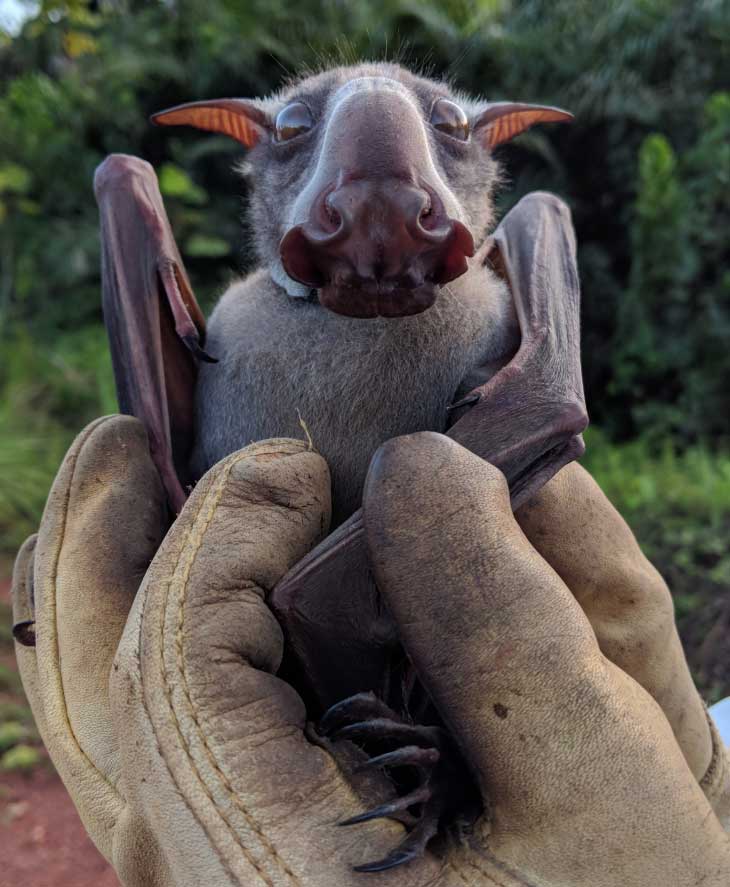

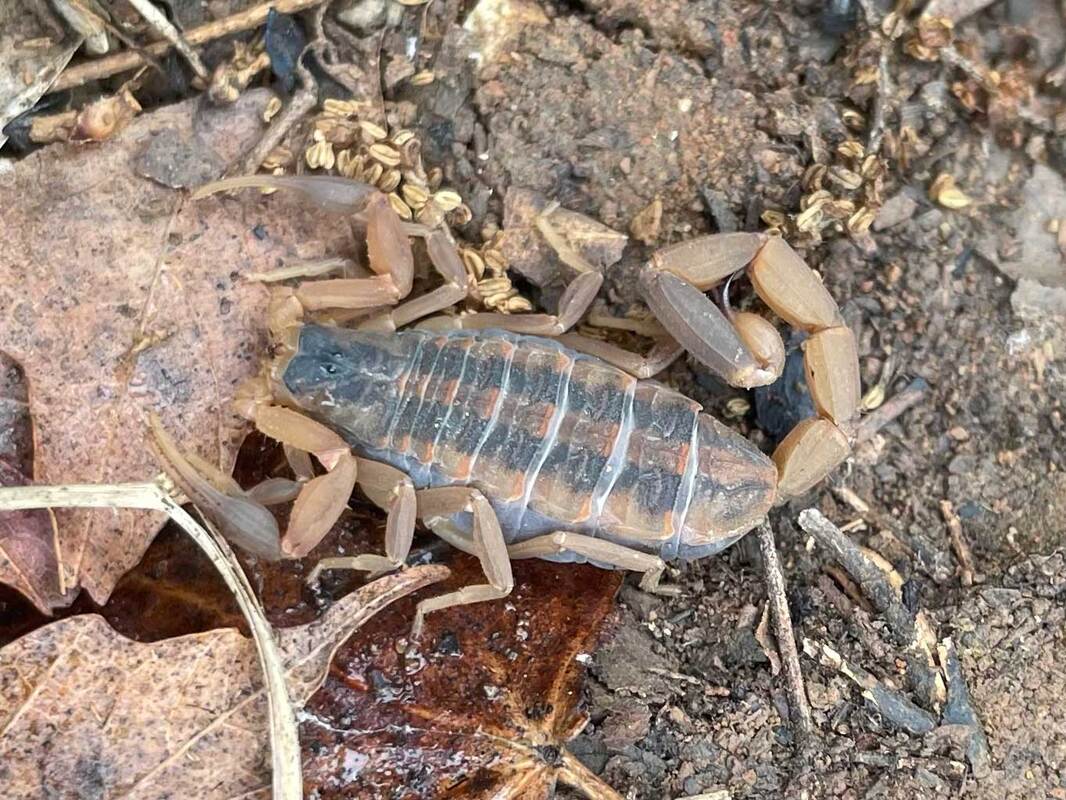
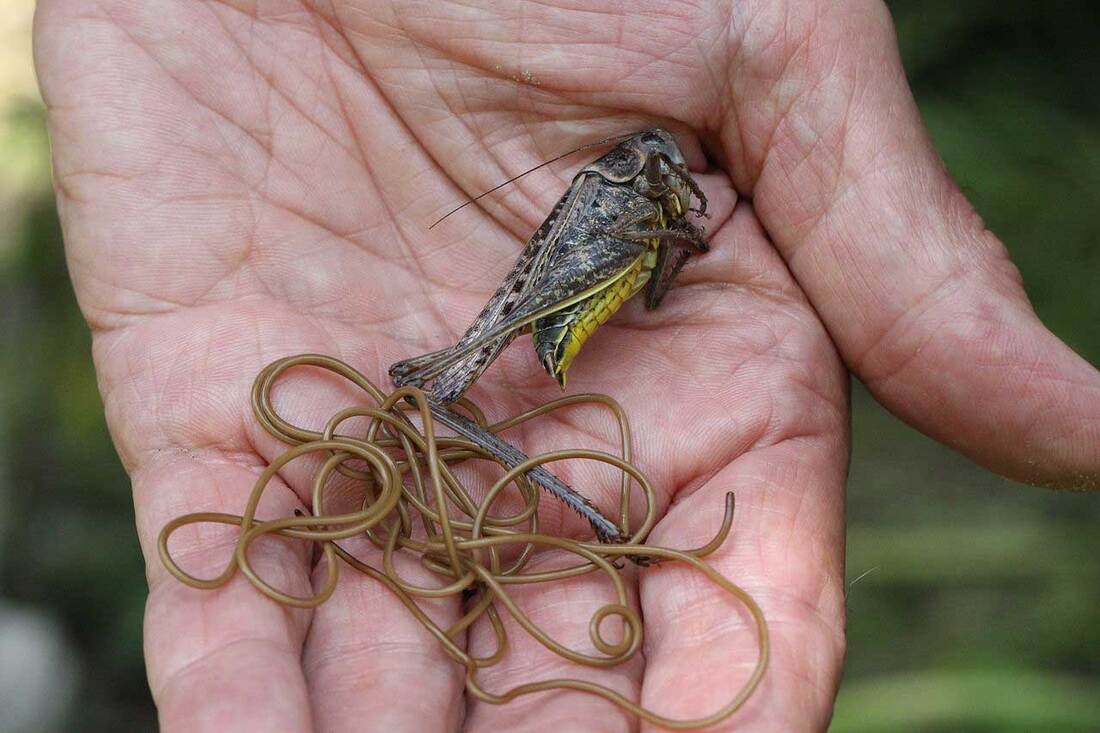

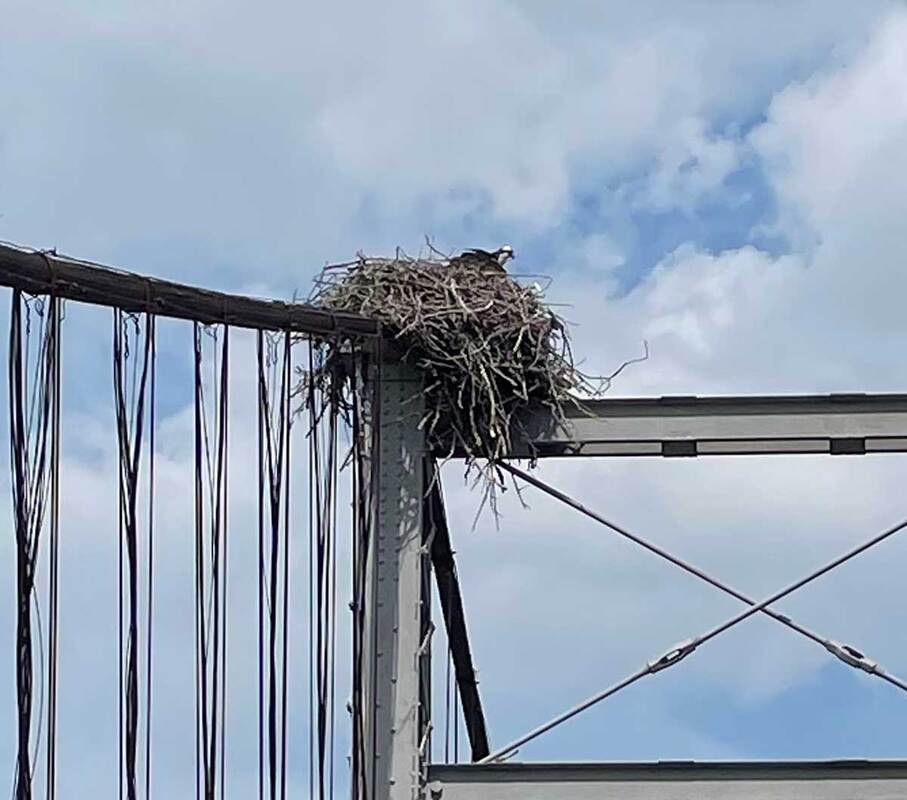
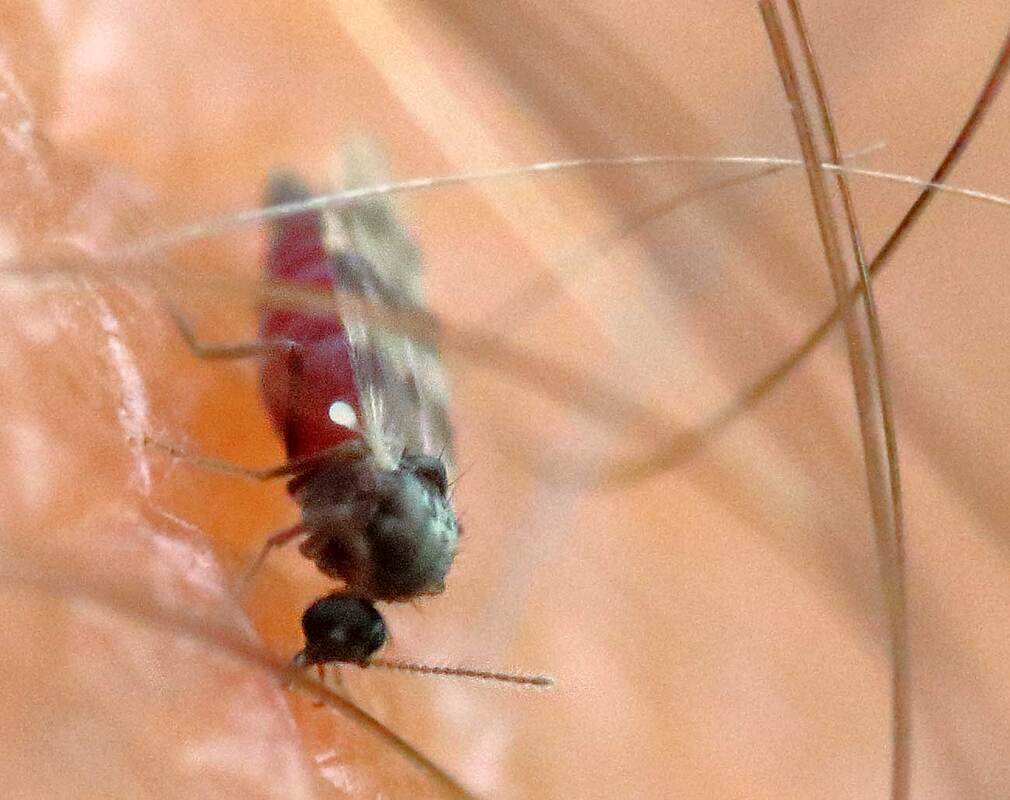
 RSS Feed
RSS Feed